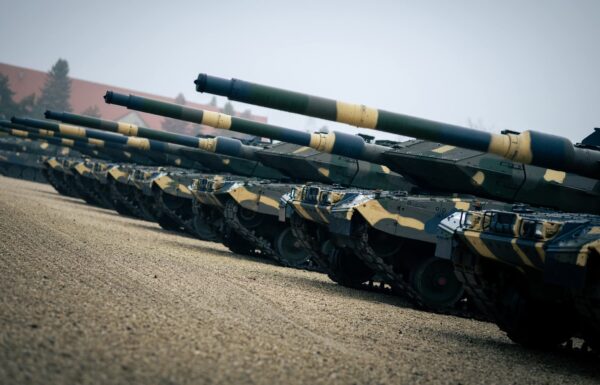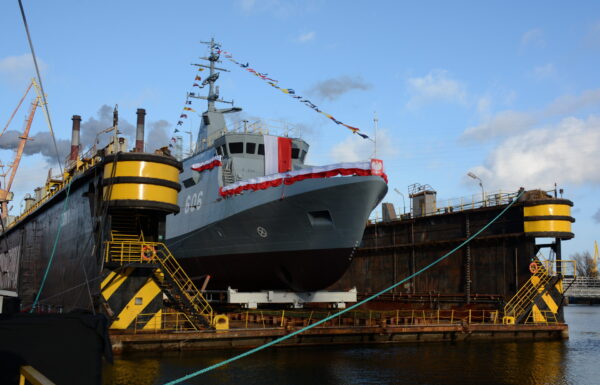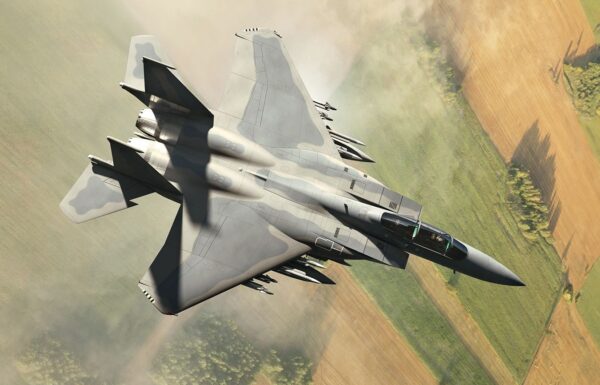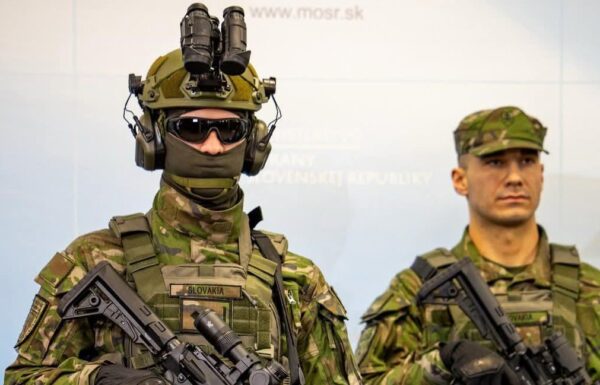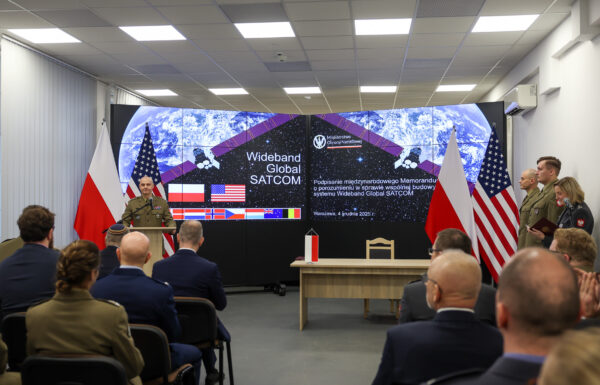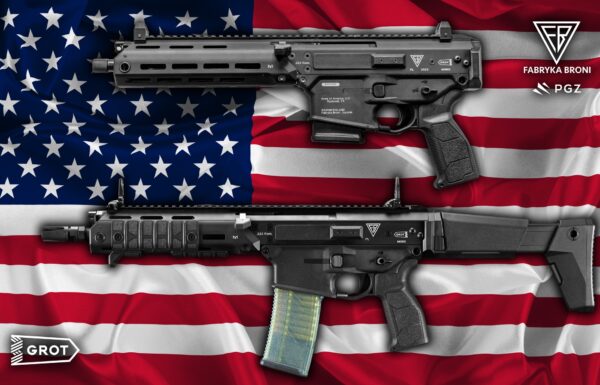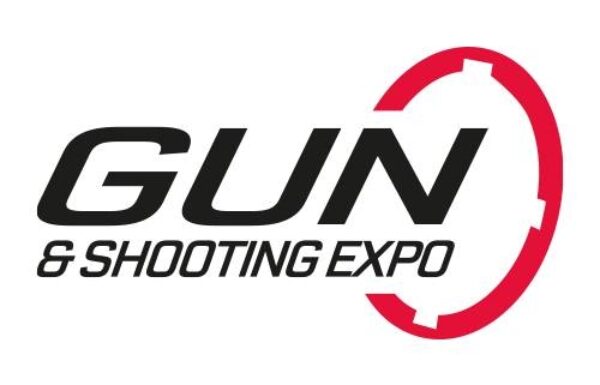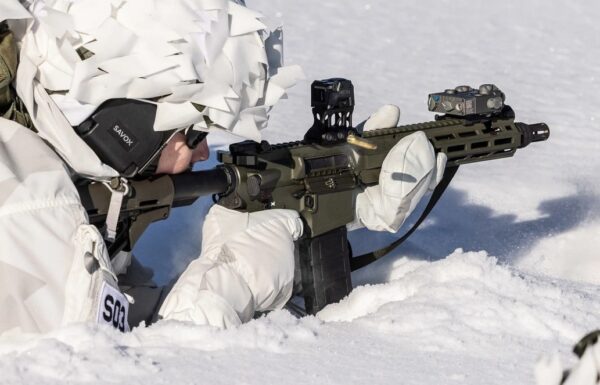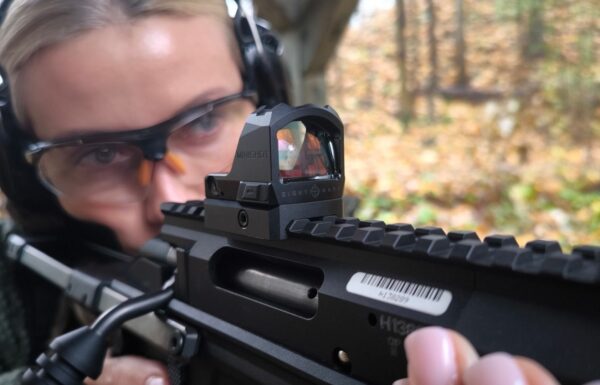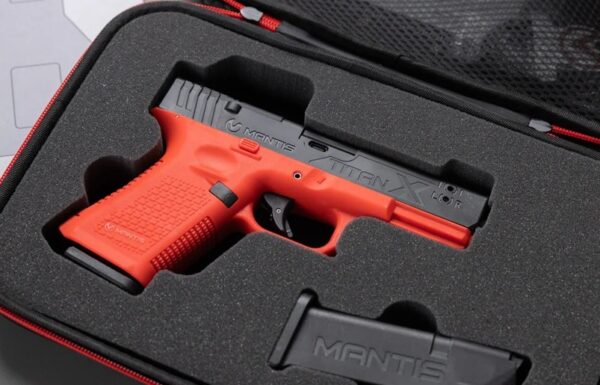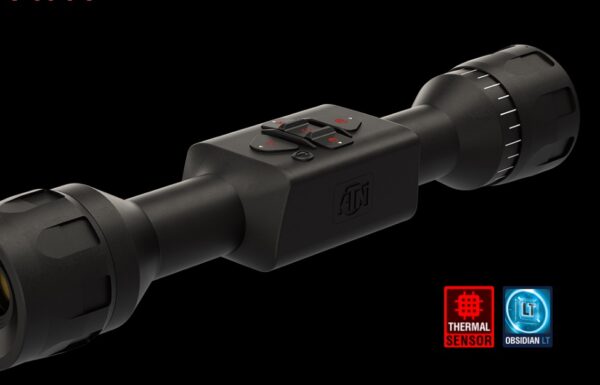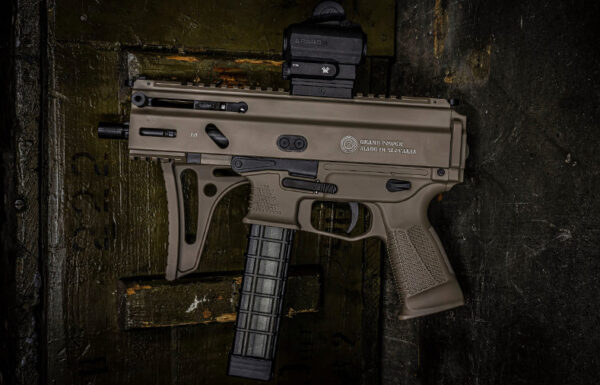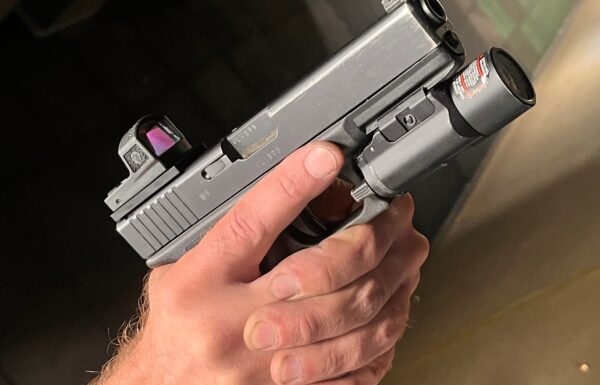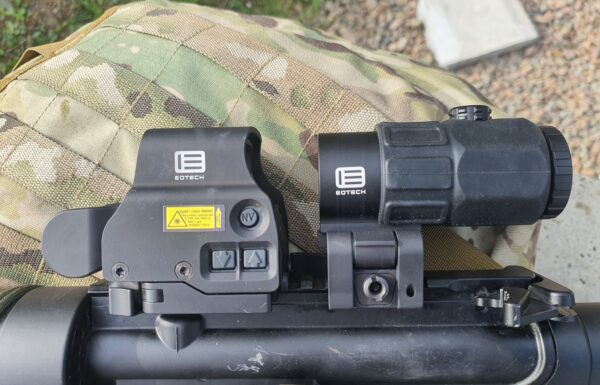Four hundred and eighty exhibitors presented their products at the Euronaval. The most important branches of the naval arms industry were in attendance. Shipyards, armament manufacturers, unmanned platforms producers, observation equipment makers, and naval air industry representatives were all there, presenting their game-changing offer. The whole show was full of equipment developed to announce and promote the upcoming changes in the naval markets and warfare.
SMX 31 Concept
A model of the futuristic, 70-meters long SMX 31 submarine took a special place on the French Naval Group’s stand during the Euronaval 2018 exhibition. It was designed to demonstrate new and innovative technology applications in the naval domain, which will become a standard in submarine planning and manufacturing for decades to come. Despite the fact that displacing 3400 tonnes SMX 31 is just a conceptual submarine, the manufacturer ensures that – in theory – it has a max. diving depth of 250 m and could operate submerged for weeks thanks to new, effective Li-ion batteries, which would occasionally be aided by diesel-electric engines when the submarine resurfaces. It’s expected that SMX 31 would be capable of reaching a maximum speed of 20 km. Additionally, the SMX 31 features an innovative hull design thanks to the removal of the forward fin, which improves its stealth characteristics, making it less possible to become detected by enemy forces. SMX 31’s payload is expected to include 16-46 types of weapon systems and auxiliary equipment, such as torpedoes, cruise missiles, and ROV/AUVs.
MMP naval variant
During Euronaval 2018 MBDA presented results of a series of trials of the Missile Moyenne Portée (MMP) conducted in August and September last year in Djibouti. In all, the manufacturer conducted nine firings of the MMP, including two of the special, naval version fitted on an RHIB, against land and sea-based targets. Last year’s firings were to confirm the success of MMP’s conversion into the naval version and its ability to engage various enemy targets in the naval domain, whether it’s a sea-based or inland threat. The special focus was put on testing MMP’s performance, including range, trajectory, and accuracy, while fired from a special launcher set on an unstable, shaky platform. According to MBDA, after the conclusion of the testing period, the naval version of MMP will be added to the manufacturer’s sales offer as an addition to the original, land-based variant. Among potential clients are navies looking for up-arming small and light naval platforms, such an RHIBs, OPVs or corvettes. Its integration would ,require minimal work and the missile itself would just slightly differ from the original variant, with one of its main features – the range of 4-5 km – remaining unchanged.
Black Scorpion mini-torpedo
Italian defense giant, Leonardo, presented in Le Bourget a model of a Black Scorpion mini torpedo, which is under development since 2014. The reason, for which Leonardo started working on this programme is a requirement of the Italian Navy, which lacks such a weapon system. Italian Navy needs a capability to confront potential enemy vessels, including submarines, operating in littoral waters and coastal areas. Interestingly, the Black Scorpion isn’t intended to destroy hostile targets but helps to locate them. According to the Italian manufacturer, a mini torpedo of this kind, with a diameter of 13 cm and properly small warhead, won’t be able to damage an enemy submarine not mentioning sinking it. But that’s not what it’s intended to do. When used, Black Scorpion will force an enemy vessel to react to a potential threat, by making a series of evasive maneuvers and changing its positions, hence making it easier to locate and identify, after which it could be targeted by a larger and more deadly weapon, such as the Black Shark heavy torpedoes. According to Leonardo a number of countries which operate their vessels in shallow seas, such as the Baltic Sea, Persian Gulf or the South China Sea, is expected to show interest in the Black Scorpion mini torpedo in coming years.
OTO Marlin 40-mm cannon
Despite its debut during the DIMDEX 2018 exhibition, it was not until Euronaval, when the new 40mm OTO Marlin naval gun from Leonardo made a real sensation. It was during the show that the manufacturer from the Italian Peninsula announced that its newest weapon system could be part of the offer for new Romanian corvettes. Despite the fact that Leonardo does not take part in the Romanian programme directly, it is taken into consideration as one of the main subcontractors in case Fincantieri – another Italian defense industry giant – wins the tender. As such, Leonardo could provide new Romanian vessels with modern, state of the art equipment, ranging from a number of observation, communication and navigation systems to various weapons and self-defense solutions. If Romanian navy was to choose Leonardo’s OTO Marlin 40mm naval gun, it could use it as the weapon system of choice in various situational scenarios, such as shooting down enemy planes, helicopters and UAVs, targeting surface vessels and fast- -moving RHIBs or providing artillery fire against shore-based targets.
Canadian frigate project
Lockheed Martin Canada presented at Euronaval 2018 a model of a Global Combat Ship (GCS) frigate in a Canadian variant, which at that time was offered for Ottawa in its Canadian Surface Combatant procurement programme. GCS’ was designed by an international consortium, Canada’s Combat Ship Team, which is formed also by BAE Systems, CAE, L3 Technologies, MDA and Ultra Electronics. Compared to the original CGS design, which was already chosen by Australian and British navies, the Canadian variant distinguishes itself with a new mast fitted with an Active Phased Array Radar. In all, the new variant is said to present a 10% change in relation to the original one. Back in February the Canadian Irving Shipbuilding, responsible for building frigates under the CSC programme, signed a contract with the Canada’s Combat Ship Team for production of new RCN’s vessels, ending months-long legal dispute between Canadian MoD and the American Alion Science and Technology, one of the companies which took part in the tender but was rejected. Under the CSC programme, the Royal Canadian Navy will procure 15 modern, multipurpose frigates, to replace aging Halifax class frigates and Iroquois class destroyers. The building of the lead ship should commence in the midst of 2020′ .
BAE Systems 31e/Leander
BAE Systems presented in Le Bourget a model of a Leander light frigate, which can be offered for the Royal Navy as London looks for five such vessels. Eventually, they will complement eight heavier City-class frigates based on the Global Combat Ship design and already been under construction in BAE Systems’ Glasgow facilities. The tender for new, light frigates was re-launched late last year after several perturbations in the procurement process, which forced Royal Navy and the British MoD to rewrite some of the technical requirements set for the programme. BAE Systems, as one of the bidders, cooperates closely with the local Cammell Laird shipyard. Besides them, the Team 31 consortium, composed of Babcock, BMT, Ferguson Marine, Harland and Wolff, Odense Maritime Technology and Thales, also takes part in the race. The Team 31 offers an Arrowhead 140 light frigate based on the Danish Iver Huitfeldt class of vessels. The third party making a bid is the Atlas Elektronik UK and ThyssenKrupp Marine Systems consortium, offering MEKO A-200 corvettes. The desired manufacturer should be chosen in 2019. Regardless of the result of the British tender, BAE Systems plans to intensively promote the Leander design on export markets. The manufacturer predicts that Leander will be offered to numerous countries looking for modern, universal naval platforms with a modest procurement cost, capable of being easily customized according to particular client’s requirements. That includes their performance, onboard equipment, and weapon systems.
Mitsubishi naval proposal
As presented on the Photo, the model of a Future Multi-mission Frigate (FMF) was developed by the Japanese Mitsubishi Heavy Industries. Manufacturer from the Land of the Rising Sun declares that the vessel shown in Le Bourget is 140 m long and 16 m w ide a nd w as b ased on proven technical solutions, already applied to a number of ships used by the Japan Maritime Self-Defense Forces. That should include weapons systems, such as the Mk41 VLS for surface-to-air and anti-ship missiles, 127mm naval gun and SeaRAM close-in weapon system.
New generation of RBS 15 Mk 4 Gungnir
Saab presented at Euronaval 2018 a mock-up of a new generation RBS15 anti-ship missile family, the Mk4 Gungnir. It has a total weight of 650 kg (including the 200 kg warhead). It’s 4,3 m long with a wingspan of 1,4 m. It has a range of approx. 300 km (CA 100 km more than the previous generation RBS15 Mk3, which is used by e.g. the Polish Navy on its Orkan-class fast attack crafts) and speed of 0,9 Ma. The reason for which Saab and its industry partners, including the German Diehl Defence, developed the new generation of the RBS15 anti-ship missile, was an order made by the Swedish Defence Materiel Administration (FMV) back in March 2017. The Swedish Visby-class corvette is expected to be one of the first vessel classes to be equipped with Gungnir. Additionally, the manufacturer expects a number of export orders, among others, from current RBS15 operators. Especially that the Mk4 Gungnir is set to be easily integrated into the presently operated anti-ship systems of the Swedish origin.
Americans in Paris
US Navy, as a special guest at Euronaval 2018, was represented by, among others, F/A-18E/F Super Hornet multirole fighter aircraft of Strike Fighter Squadron 211 (VFA-211) Fighting Checkmates from Naval Air Station Oceana in Virginia Beach and Northrop Grumman E-2D Advanced Hawkeye AEW aircraft of the Carrier Airborne Early Warning Squadron 126 (VAW 126) Seahawks
Belh@rra Naval Group Frigate
Although Naval Group’s stand was dominated, in a way, by a model of the futuristic SMX 31 submarine, the French manufacturer showcased a number of other naval platforms, among which was the Belh@rra multipurpose frigate. The vessel, which debuted at the previous edition of Euronaval, could be offered for Poland in its Miecznik frigate procurement programme. Despite the fact that at first, the Belh@rra project included a series of technical innovations developed for the French Navy, the French shipyard group is now ready to share these solutions with international partners. Furthermore, in case of potential export contracts, the French manufacturer is ready to consider setting up the production of new vessels directly to the client country, based on the transfer of technology agreement. However, it’s important to know that the level in which Naval Group’s declaration becomes reality will depend on the technical and economic condition of the local shipyard and defense industry. On the day of its premiere, the Belh@rra multipurpose frigate displaced approx. 4000 t and was 121 m long. It achieved a maximum speed of 27-29 kn and had a max. range of over 9200 km at cruising speed of 15 kn. The vessel was armed with Aster 15/30 surface-to-air and MM-40 Exocet Block III anti-ship missiles as well as Narwhal CIWS and 76mm Oto Melara naval gun. It was capable of transporting a medium naval helicopter, such as the NH90 NFH
Lockheed Martin MMSC
Lockheed Martin presented in Le Bourget a model of a Multi-Mission Surface Combatant, that is a specially modified, export version of the well-known Littoral Combat Ship-class vessel built for the US Navy. The MMSC was so far exported to Saudi Arabia, which decided to procure four ships of this class. LCS export version will mark itself by, among others, more Lockheed Martin MMSC powerful weapon systems, including Mk 41 VLS for anti-ship and surface-to-air missiles, SeaRAM close-in-weapon-systems, torpedo launchers, and 57mm Mk 110 naval guns. 042
Gotland modernized
Photo: Saab
The Euronaval 2018 coincided with the start of sea trials of the Swedish HSwMS Gotland submarine, which lately underwent months-long modernization process. Saab, as the main contractor, was responsible for a series of modifications and improvements implemented to vessel’s original design, including repair or replacement of legacy or knocked out equipment, reduction of Gotland’s acoustic and magnetic signature, installation of new combat management and fire direction systems as well as new navigation and observation systems, e.g. new optoelectronic mast in place of a traditional, optical periscope. Changes were also made to the AIP propulsion system. The modernized vessel should remain in service until 2030’.
Article previously published on MILMAG 01/2019


